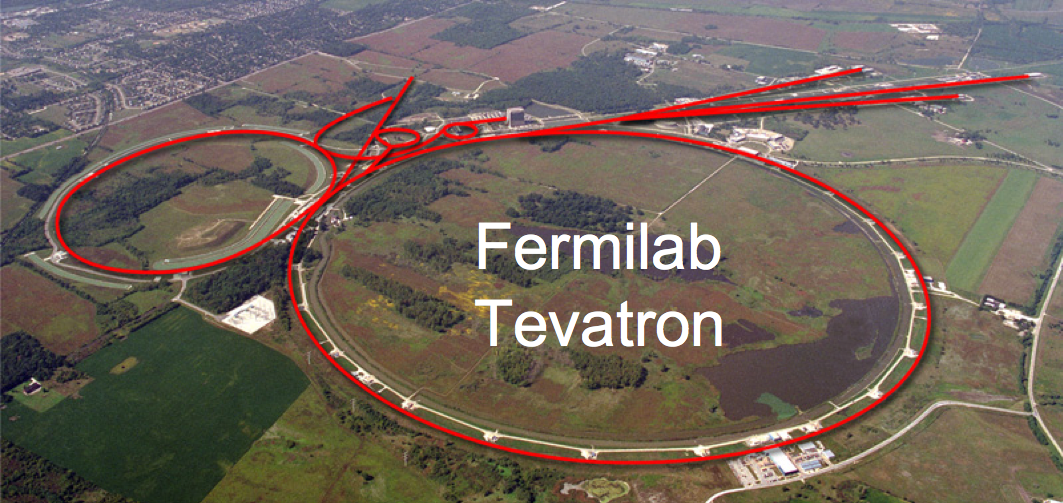"Elementary, my dear Watson. It's single top."of a paper submitted for publication by the DØ Collaboration on a search for top quarks appearing on their own (which has never been seen before) December 2006
Therefore, we must use a method that can select only those events that are single top events from those that are imposters (also known as background events). One technique that we use is called Decision Trees which is similar to playing twenty questions. Using computer simulated events of single top quark production, as well as background events, the Decision Trees determine a set of questions that can classify the event as single top or background. This process of finding the best questions is called training. For each event, a Decision Tree asks multiple questions about that event that can be either true or false. For example, ``Do the three particles in the event combine to make a top quark?'' And after asking the series of questions, the Decision Tree determines the best set of questions and evaluates how likely that event is from single top quark production or an imposter. After the Decision Trees are trained, we ask those same questions we found to work best on simulated events about the data we recorded with the DØ detector. The best Decision Trees found during training, predict approximately 107 events are from single top quark production. By counting the number of single top quarks, we can estimate the cross section for single top production. One can find more events than one initially predicted because Nature fluctuates the number of single top quarks that it produces. How do we determine if what we predict in our data is a fluctuation in Nature? Well, we can simulate a Universe where the production of single top quarks does not occur. This simulation generates only collisions that produce imposters. Using these collisions, we generate sets of these events or pseudo-datasets and using the same Decision Trees above to play 20 questions. Since there is no single top quark production in these pseudo-data, our final conclusion should be that all events are imposters or that our pseudo-data contain no single top quarks. We can then determine how well our Decision Trees work or how good our questions are that we have asked by counting the number of times that the Decision Trees think that the event is from single top quark production when it is not. Physicists then convert this quantity into a measure significance. The larger the significance, the more confidence we have that single top quarks are actually being produced in Nature and are found in our data. The larger the significance, the more likely we believe that Nature did not fluctuate the imposter or background events and we really have single top quarks in our data. From 68,000 pseudo-datasets, the Decision Trees predict that only 24 of them have the condition where Nature fluctuates the imposters to make us think that they have single top quarks. So, DØ has eliminated the impossible, no single top, and the only thing that remains, single top, must be the truth. This is why the DØ collaboration is confident that we have seen the first evidence of single top quark production. For more information on this analysis, please contact the conveners of the single top group at DØ: Arán García-Bellido, Ann Heinson or see a technical summary web page |





